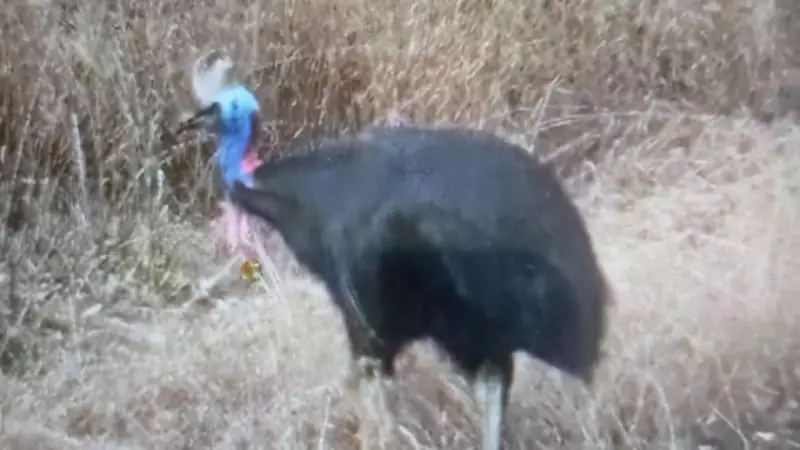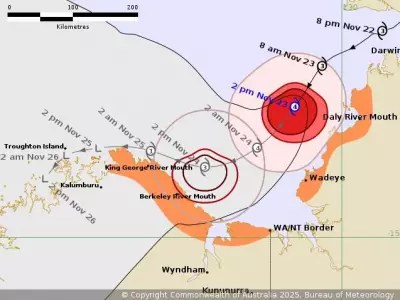
A mysterious cassowary sighting deep within Far North Queensland's dense bushland has sparked both concern and curiosity among wildlife experts and traditional owners alike.
The large flightless bird was discovered in an unexpected location within Wooroonooran National Park, south of Cairns, far from where these endangered creatures are typically spotted. The puzzling appearance has left everyone wondering: how did this cassowary end up so far from its usual territory?
The Baffling Discovery
Traditional owners from the Mandingalbay Yidinji people first reported the unusual sighting to Queensland's Department of Environment, Science and Innovation. The cassowary was found in an area where these majestic birds aren't commonly seen, raising immediate questions about its origins and journey.
Ranger Roger James expressed his surprise at the location, noting that cassowaries usually stick to familiar territories along drainage lines and known habitats. This particular bird's presence in such an isolated spot defied normal patterns of movement for the species.
Possible Explanations Emerge
Wildlife officers have put forward several theories to explain the cassowary's mysterious appearance:
- The bird may have been displaced from its original territory by other dominant cassowaries
- It could be a young male forced out during breeding season competition
- The cassowary might have travelled further than usual in search of food or mates
- Human activity or habitat changes could have prompted the unusual movement
Despite these theories, the exact reason for the cassowary's remote location remains uncertain. What makes this case particularly intriguing is the distance the bird would have needed to travel through challenging terrain to reach its current position.
Cultural Significance and Conservation Concerns
For the Mandingalbay Yidinji people, cassowaries hold deep cultural importance as totemic animals. The community maintains a strong connection to these birds and actively monitors their wellbeing within their traditional lands.
The southern cassowary is listed as endangered under Queensland's Nature Conservation Act, with only an estimated 4,000 adults remaining in the wild. Each individual sighting provides valuable information for conservation efforts, even when the circumstances are as puzzling as this one.
Wildlife authorities continue to monitor the situation, hoping to learn more about this cassowary's journey and what it might reveal about the movement patterns and challenges facing these remarkable Australian birds.





